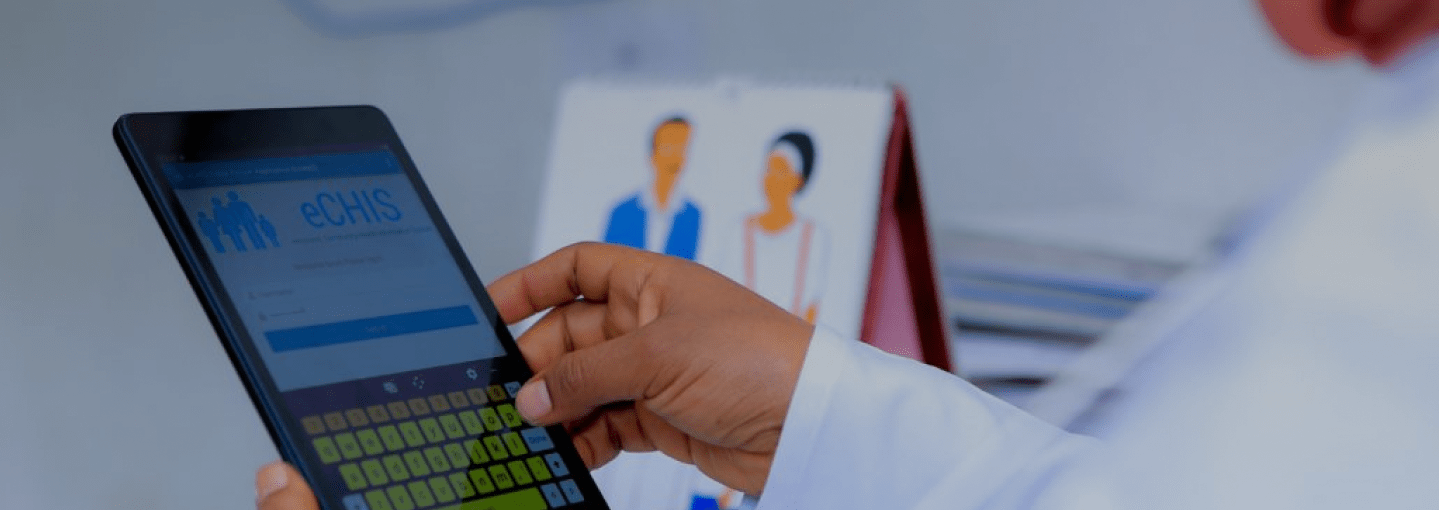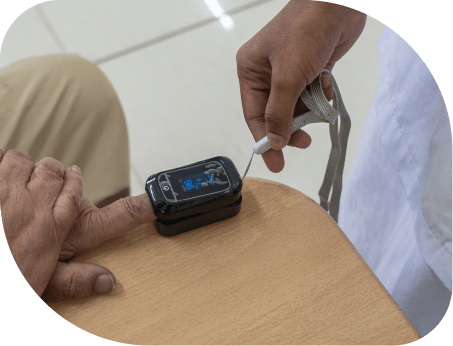1
The The Building Healthy Cities project utilized tech-enabled coordination across sectors like transport, sanitation, education, and the environment to improve access to health services and reduce the disease burden.
11 Years of Transforming Health Solutions


JSIPL views technology as a significant game-changer in public health and invests in
research,partnerships, and on-ground projects that strengthen healthcare delivery across
national, state, and district levels.
Digital health has gained wider acceptance during
the COVID-19 pandemic. It is now being leveraged to create new platforms for governments and
healthcare partners to share intelligence and shape the country’s public health agenda.

Anchoring coordination between government and different health partners.
Facilitating sharing, demonstrating, and documenting innovations and best practices for replication and scale-up.
Improving data collection and generating technology-backed evidence to inform policy decisions.
Strengthening disease surveillance to enhance safety and protection of public health beneficiaries.

Using technology to power and aid health interventions and to provide access in hard-to-reach geographies with ease of comfort to overburdened frontline health workers.
Creating learning systems that make training more straightforward and accessible to healthcare workers.
Designing effective behavior change communication strategies that micro-target beneficiaries.
Refining data collection systems offer real-time insights (for example, COVID-19 vaccinations) and provide valuable insights to reach vulnerable communities.
Building efficiencies across supply chains to enhance access and equity.
JSIPL provides an opportunity for piloting digital health projects, creating a rigorous quality testing process, and advocating with governments to adopt them at scale.


The The Building Healthy Cities project utilized tech-enabled coordination across sectors like transport, sanitation, education, and the environment to improve access to health services and reduce the disease burden.
COVID-19 vaccinations roll-out saw major innovations using digital health to saturate large populations and geographies in record time. War rooms were set up, telehealth initiatives received a boost, and the Co-WIN, Aarogya Setu app, and other m-health initiatives connected the entire country through single platforms to register for vaccination and record their status.
Rapid Immunization Skill Enhancement (RISE), a customized Learning Management System (LMS), offered health workers an interactive, self-learning, and self-paced platform using technology through a web/ mobile device. After a successful pilot launch, it was expanded to 33 districts to reach 40,000,000 people.
With technology-led supply chains, improving access to HIV services helped develop systems to collect data, build warehousing, logistics, and forecasting capacities, and reduce stock-outs.
More results...